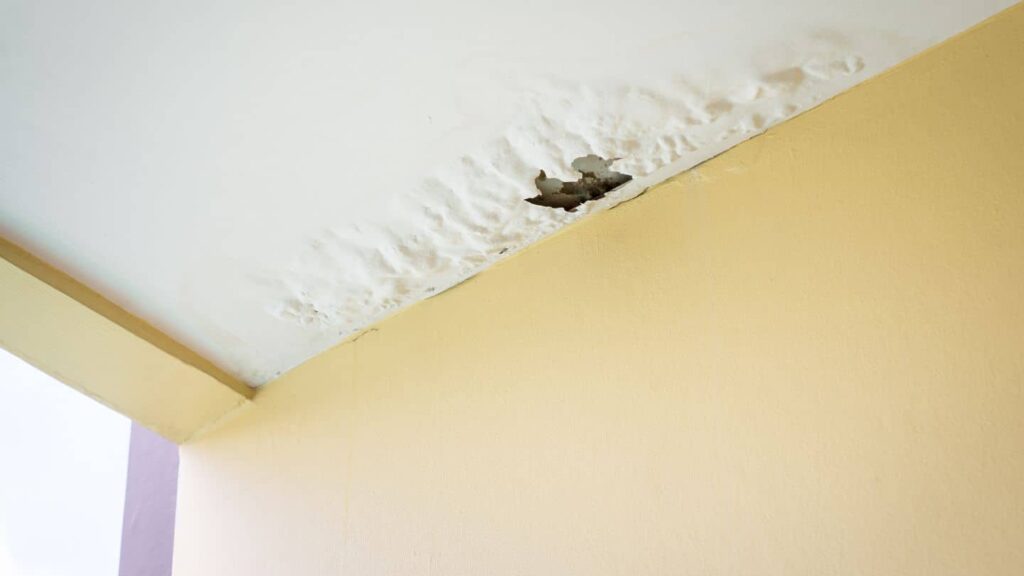Many homeowners don’t realize that mold can be hiding in their homes. If you’ve been suffering from unexplained respiratory issues, headaches, or allergies for some time now, it may be the result of a hidden mold problem. Knowing the signs of a mold issue is the key to maintaining a healthy home and family. Here are some ways to tell if your house has mold.

Look Out For Visible Signs Of Mold Growth
When it comes to identifying a possible mold issue, the most obvious way is by simply looking around your home for black or green patches on walls or floors. If these patches have an odd smell, this could indicate that you have an infestation of either toxic or non-toxic molds. In some cases, visible mold is difficult to detect since it can grow behind wallpaper or drywall and spread through air ducts. If you’re suspicious about dark areas in your home, it’s best to call in a qualified inspector who can give you an accurate assessment of whether there is indeed any hidden mold present in your home or not.
Check For Water Damage And Leaks
Mold needs moisture to survive so one way to identify if mold has started growing in your home is by checking for any water damage or leaks such as water stains on ceilings and walls as well as wet spots around pipes and other plumbing fixtures. Even minor leakage problems should not be ignored as they could become major sources of moisture that would cause mold growth over time. Make sure that any water damage is taken care of quickly and completely so as to prevent the spread of toxic molds like Aspergillus and Stachybotrys which can cause serious health issues including difficulty breathing and severe allergic reactions.
Check Your HVAC System For Fungal Growth
Your HVAC system contains several components that are prone to developing fungal growth such as condensation pans, blower fans, evaporator coils, etc., making them ideal breeding grounds for fungi like Aspergillus, Penicillium, Cladosporium, etc., which can lead to indoor air quality problems when released into the air via your air conditioning unit. To check whether there is any fungal growth present in your HVAC system, get it inspected by a professional technician at least once every year who will be able to identify any signs of fungal contamination before they become more serious problems requiring costly repairs or replacements.
Mold growth can cause serious health issues if left unchecked so it’s important that homeowners know how to tell if their house has mold before it becomes too late. Remember that visible signs of mold growth such as black/green patches are usually easy enough for anyone with basic knowledge about molds and fungi to spot but more often than not these infestations remain hidden from view until they have become major problems requiring expensive remediation work. So make sure you stay vigilant about checking your home regularly for signs of water damage, leaks and fungal growth so that you can prevent any potential health risks caused by high levels of indoor air pollution due to molds in your house.




